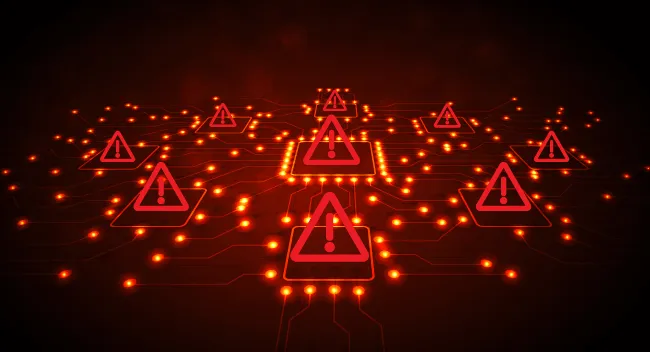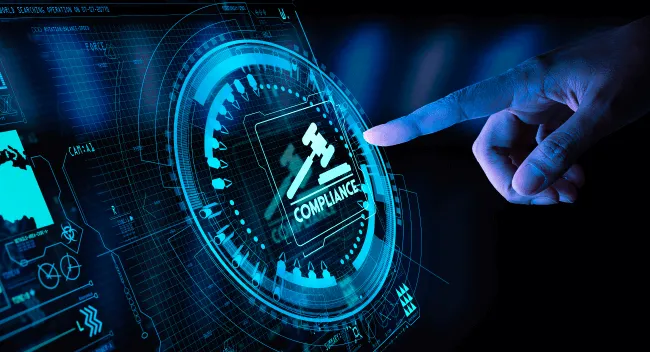The Escalating Cyber Threat Landscape
How prepared is your organization to defend against the rising onslaught of cyberattacks? Cyber threats have escalated to alarming levels, with ransomware incidents alone impacting 66% of businesses last year. This surge in attacks, driven by formidable adversaries employing zero-day exploits and advanced persistent threats (APTs), poses an ever-growing threat to data integrity and operational continuity, leaving no room for complacency. These sophisticated threat vectors often result in prolonged downtimes, data corruption, and significant financial losses. Moreover, infrastructure failures such as hardware malfunctions and outages add another layer of risk, potentially crippling operations.

The Imperative of Regulatory Compliance
In this volatile environment, adhering to stringent regulatory requirements is not just a legal obligation but a critical line of defense. For example, the European Union’s new NIS 2 Directive requires enhanced cybersecurity measures, including risk assessments and incident reporting, specifically aimed at operators of essential services to ensure resilience against cyber threats and operational continuity.
Complementing this, the Critical Entities Resilience (CER) Directive mandates that these critical sectors implement robust physical and operational resilience measures to safeguard against a wide range of disruptions, including natural disasters and man-made hazards.
Similarly, the European Cyber Resilience Act (CRA) mandates robust security standards for digital products and services to enhance overall cyber resilience across the EU. In Germany, regulations like KRITIS ensure the protection of critical infrastructure sectors such as energy, health care, and finance by enforcing strict cybersecurity protocols. Additionally, the Federal Office for Information Security (BSI) imposes comprehensive guidelines for risk management and incident response, helping organizations mitigate and recover from cyberattacks effectively. Non-compliance with such regulations could result in devastating fines and legal repercussions, placing further strain on organizations.

Cyberstorage: The Ultimate Defense for Your Critical Data
As organizations strive to protect their critical data assets and maintain operational continuity, the concept of cyberstorage emerges as a pivotal solution. Cyberstorage combines storage-level data services with robust security measures to deliver unparalleled cyber resilience. It addresses both information security and business continuity management, ensuring that data is protected from unauthorized access and cyber threats while remaining accessible and recoverable during disruptions.
Cyberstorage can be implemented as a software-defined storage architecture, which enhances flexibility in managing data security and recovery. This flexibility allows organizations to adapt swiftly to evolving requirements, enabling rapid adjustments to storage configurations and enhancing the overall resilience of the IT infrastructure while supporting your compliance objectives. By adopting cyberstorage, organizations can build a robust defense framework that not only protects their critical data but also ensures seamless operations in the face of adversity.
What to Look for in a Cyberstorage Solution
When evaluating a cyberstorage solution, it is essential to focus on capabilities that ensure both information security and business continuity. The right solution must offer robust protection against unauthorized access and cyber threats while also providing resilience to maintain operations during disruptions. Below are key considerations that address these critical needs, divided into two crucial areas:
Information Security
- Ensuring your data is secure and untampered: Look for solutions that offer WORM (Write Once Read Many) capabilities, which ensure that data and backups can be made immutable, i.e., they cannot be altered or corrupted over time. This particularly effective against ransomware threats and other risks such as accidental deletion.
- Maintaining data integrity: Verifying data integrity ensures that your information remains intact and uncompromised, providing confidence that your data has not been altered or corrupted. Techniques such as hashing helps verify data integrity.
- Protecting data confidentiality: Ensure that your solution offers encryption for data at rest and in transit to guard against unauthorized access.
- Tracking and auditing activity: Comprehensive activity logs provide audit trails for all data access and modifications, aiding in security audits and forensic investigations.
- Controlling access: Implementing strict role-based access controls ensures that only authorized personnel can access sensitive data, reducing the risk of insider threats.
Business Continuity
- Ensuring data availability during disruptions: Solutions with local redundancy and transparent failover mechanisms help maintain continuous access to your data, ensuring high availability circumventing disruptions and failures.
- Enhancing fault tolerance: A 3-way mirror approach maintains three copies of data simultaneously, providing fault tolerance and high availability even in the case of a single or double node failure.
- Enabling site recovery: Remote replication to a disaster recovery (DR) site ensures that data remains available even if the primary site fails.
- Ensuring secure backups: Air-gapping of backups, following the 3-2-1 rule (three copies of data, two different media types, one offsite copy), significantly enhances protection against ransomware and other cyber threats.
- Facilitating rapid recovery: The ability to perform point-in-time restores or rollbacks through backups, snapshots, and continuous data protection (CDP) allows for quick recovery to a previous state, minimizing data loss and downtime.
Achieving Cyber Resilience with Cyberstorage
In today’s increasingly hostile cyber environment, adopting cyberstorage is essential for safeguarding critical data and ensuring operational continuity. Cyberstorage integrates advanced cybersecurity measures with robust storage capabilities to keep data secure, intact, and accessible. This comprehensive approach is vital for protecting against sophisticated cyber threats and operational disruptions and ensuring compliance with regulatory requirements such as the NIS 2 and CER Directives.
Cyberstorage concepts can be applied to various storage types as needed. For example, when applied to block storage, it can help ensure uninterrupted operations for critical applications, while object storage can preserve and protect data and backups from theft and loss. Organizations can implement cyberstorage where it is most needed, enhancing the overall resilience of their IT infrastructure. To learn more about how cyberstorage can benefit your organization, contact DataCore for detailed insights and tailored solutions.
ENHANCE YOUR CYBER RESILIENCE TODAY